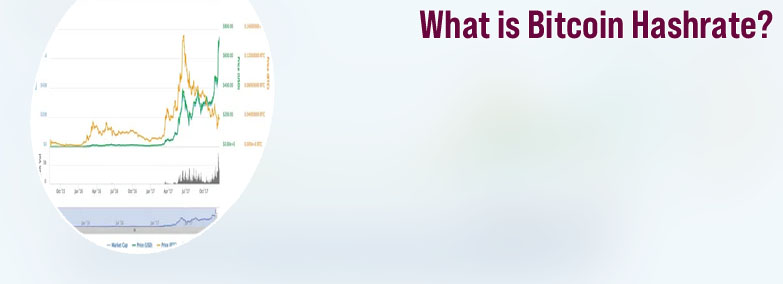
Network Properties
China had long been the epicenter of bitcoin miners, with past estimates indicating that 65% to 75% of the world's bitcoin mining happened there, but a government-led crackdown has effectively banished the country's crypto miners. Btc hash rate Custom scripts and ideas shared by our users.
Bitcoin hashrate chart
Investors check hash rates to measure a blockchain network's security. Networks with high hash rates are usually difficult to attack—the more honest miners there are that compete to mine blocks, the less likely it is for manipulators to tamper with the blockchain. The hash rate as an expression of the power of a blockchain network The Bitcoin hashrate is a pivotal metric for the network’s security. A higher hashrate signifies a greater amount of computational power securing the network, making it exponentially more challenging for malicious actors to alter past transactions or initiate double-spending attacks.What is hash rate?
Update (Nov. 6 at 9:02 UTC): This article has been updated to include corrections pertaining to how Luxor's hashrate-based product operates and to clarify that 10-13% returns vary on market conditions and are not guaranteed. The Best Bitcoin Mining Machines in 2023 (Expert Reviewed) As mentioned earlier in this guide, cryptocurrency miners solve cryptographic transactions known as hashes, which are eventually added to the blockchain as blocks. The hashrate is measured in hash per second (H/s). This can be done using a hashrate calculator.

